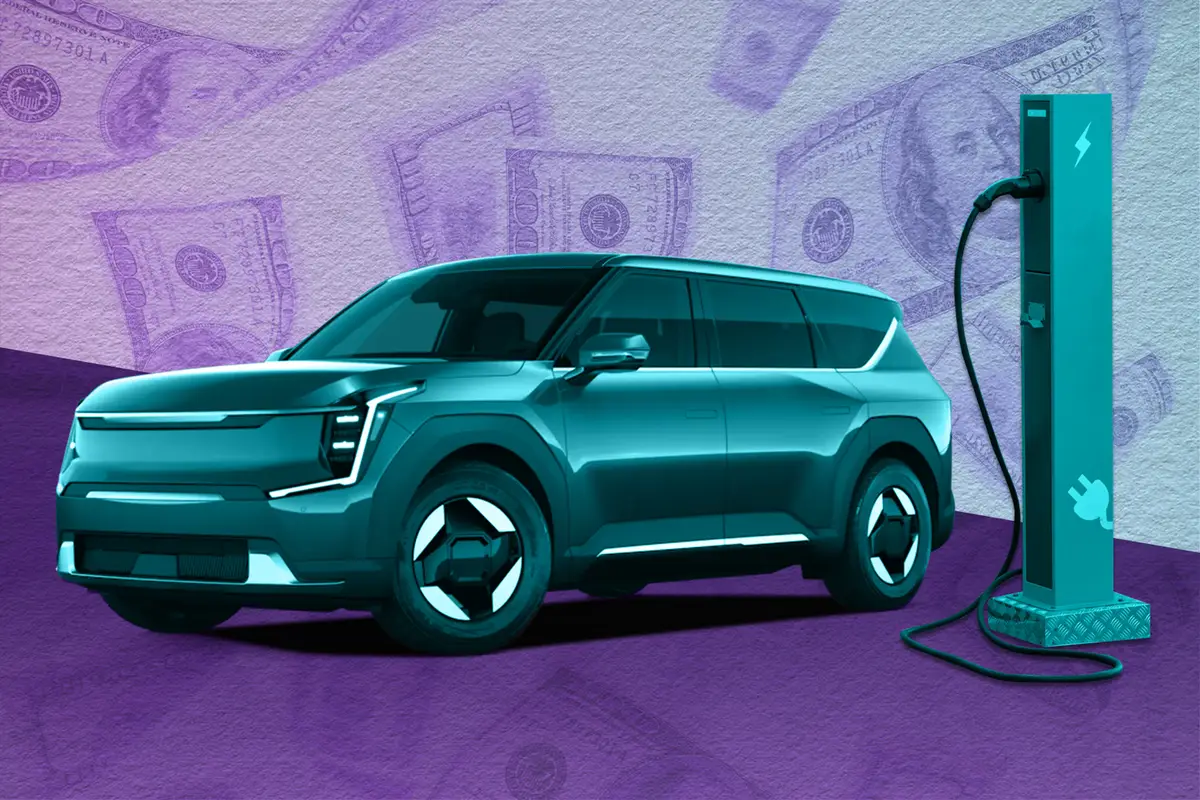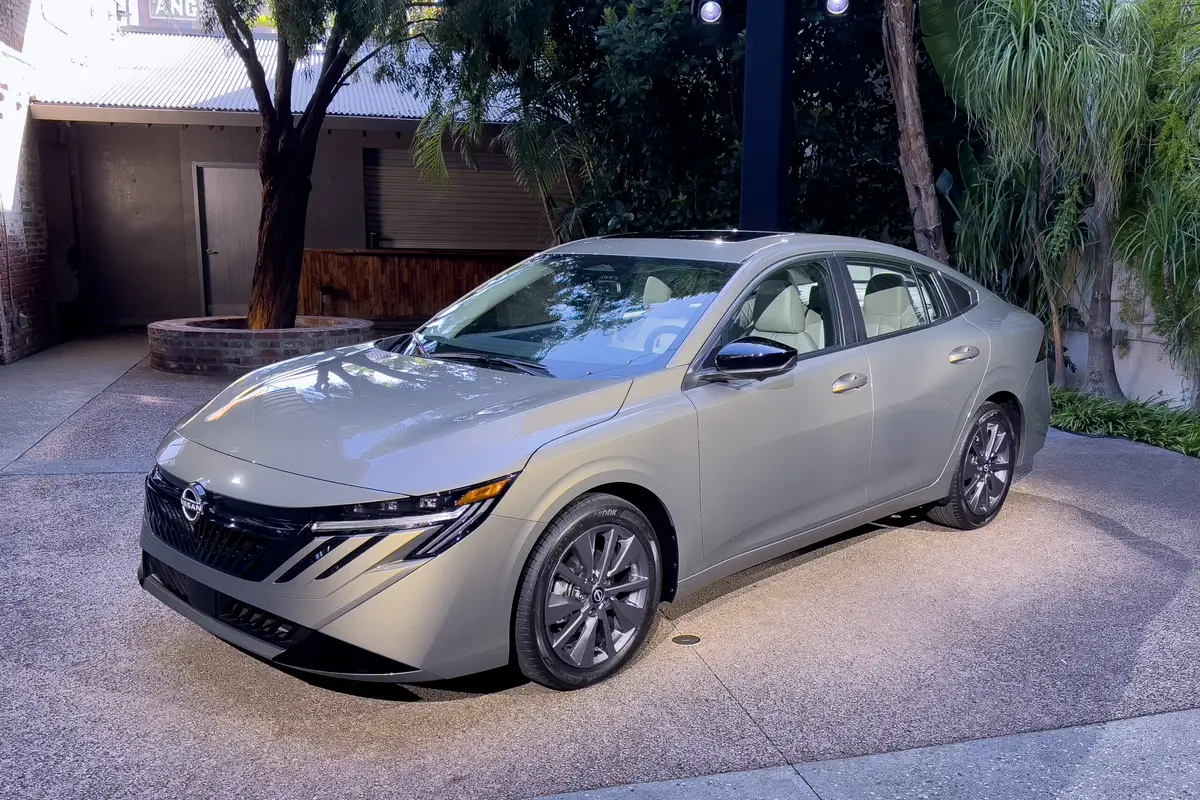California Vows to Kill Gas-Powered Cars by 2035, But Is it Feasible?

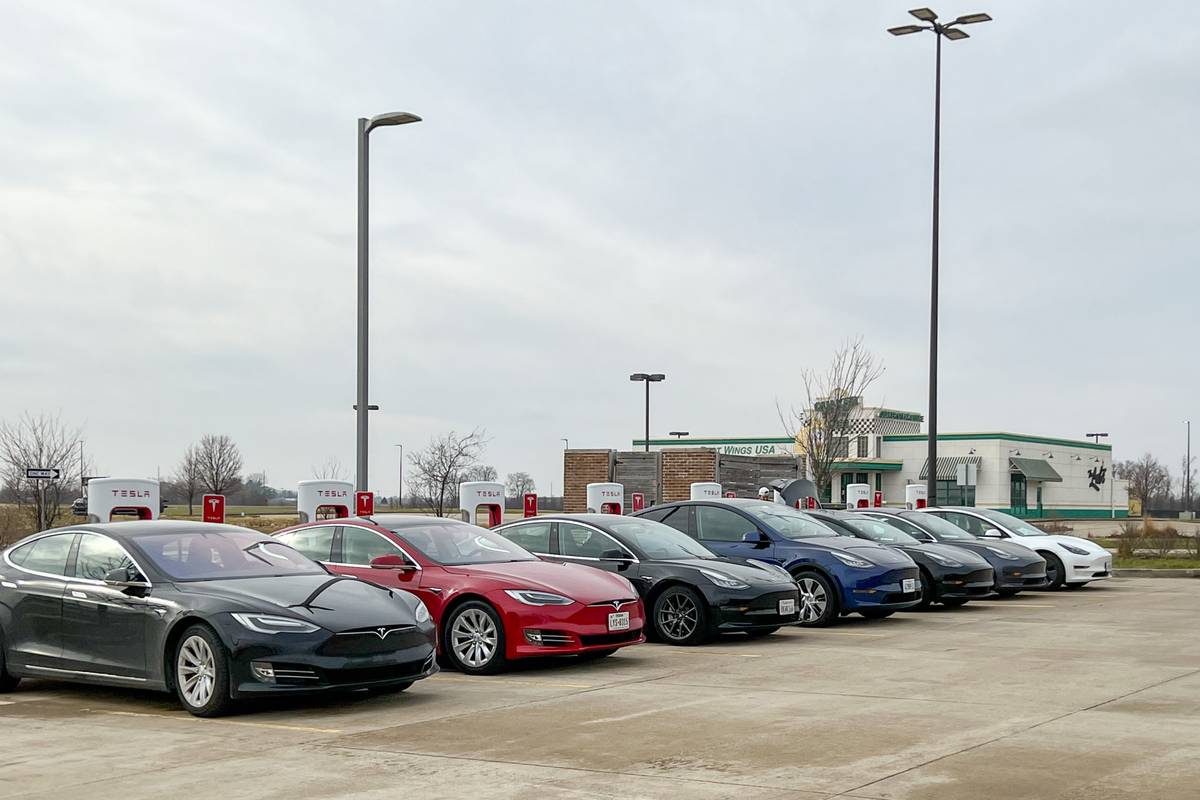
California may soon see an accelerated push for electric vehicle adoption. Following on the heels of the EV tax credit overhaul, a new set of rules proposed by the California Air Resources Board aims to limit the state’s new-car sales to all-electric or plug-in hybrid models by 2035. Regulators are expected to vote on the proposal Thursday; if passed, the new guidelines will likely extend beyond the borders of the Golden State to nearly a third of the country. Below is the roadmap for the changes, the implications for car shoppers, and the challenges and opportunities that must be addressed.
Related: What to Know Before Purchasing an Electric Vehicle: A Buying Guide
The Advanced Clean Cars II proposal applies a roadmap to California Governor Gavin Newson’s 2020 executive order that all new vehicles sold in California must be zero-emissions by 2035. The new plan steadily increases the share of all-electric or PHEV vehicle sales, starting with a 2026 target of 35%. Following an upward trajectory over the ensuing decade, EVs would account for 82% of total vehicle sales in 2032 and hit the 100% goal by 2035. Additionally, the measure would amend the low-emissions regulation standards for gas-powered vehicles. CARB claims these measures are necessary because transportation is the largest contributor to pollutants and greenhouse gases in California.
California Already Ahead of the EV Curve
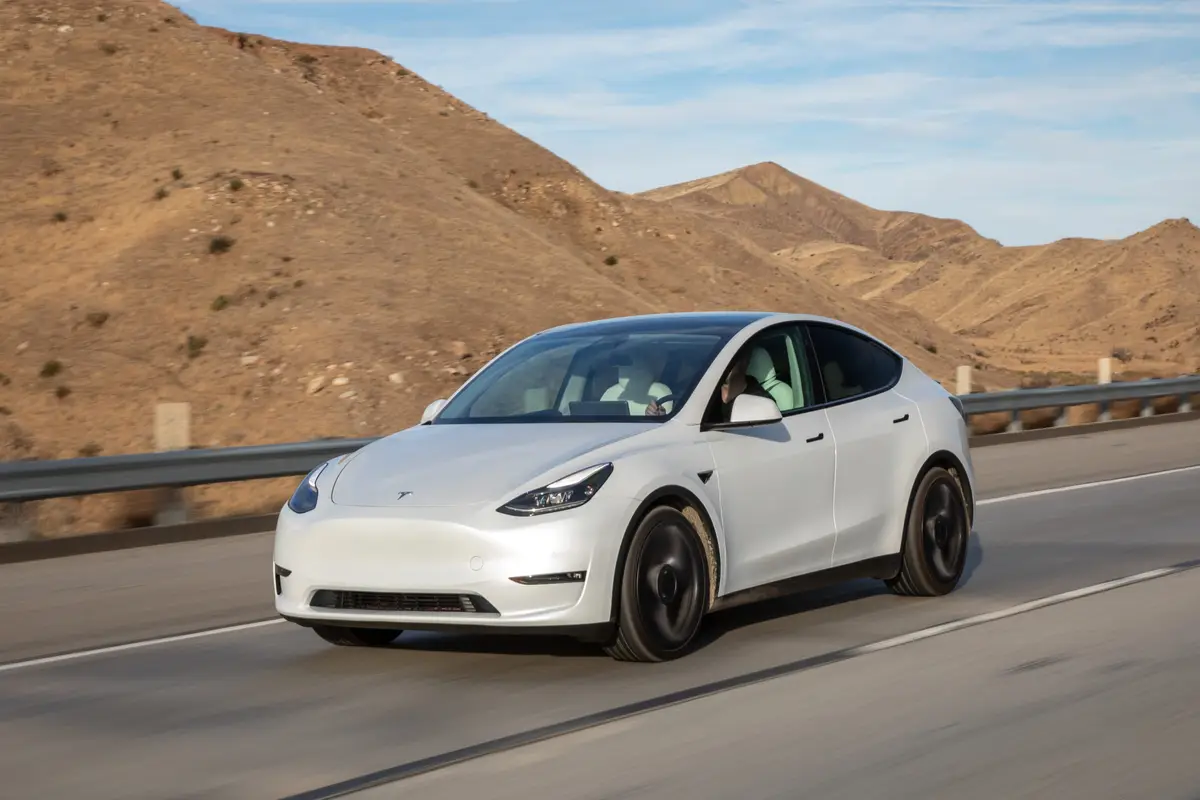
California currently leads the nation in EV adoption, but the new proposal demands even more aggressive growth. All-electric cars and PHEVs made up approximately 18% of new-vehicle registrations through the first half of 2022, according to the California New Car Dealers Association, with the Tesla Model Y being the top-selling vehicle among EVs and gas-powered cars. That figure will need to roughly double to meet the first target outlined in the proposal.
Sam Fiorani, vice president of global vehicle forecasting at AutoForecast Solutions, is optimistic about California’s ability to meet the guidelines:
“California is already on track to quickly switch to zero-emissions vehicles,” wrote Fiorani in an email to Cars.com. “The state has, in the past, pushed the industry harder than it could possibly go, but this time the industry and its products are ready. New models are being introduced seemingly every day, and there will be a wide range of products to suit every buyer’s need in a short time.”
What It Means for Your State
Nationwide estimates for the percent of EV sales vary, yet most projections are in the single digits. Should the Advanced Clean Cars II plan pass, it’s likely that many states will follow suit. Currently, 18 states have implemented California’s low-emissions and zero-emissions vehicle standards.
A J.D. Power study shows some regions are more receptive to EVs than others. Unsurprisingly, the West region, which includes California, saw the highest number of respondents report that they’re “very likely” to consider an EV. The next most receptive region was the South, followed by the Northeast and North Central regions.
The new measures would impact shoppers of new vehicles only; current owners of gas-powered vehicles will be able to continue driving their cars through the 2035 deadline, according to CARB’s FAQ page.
Infrastructure Challenges
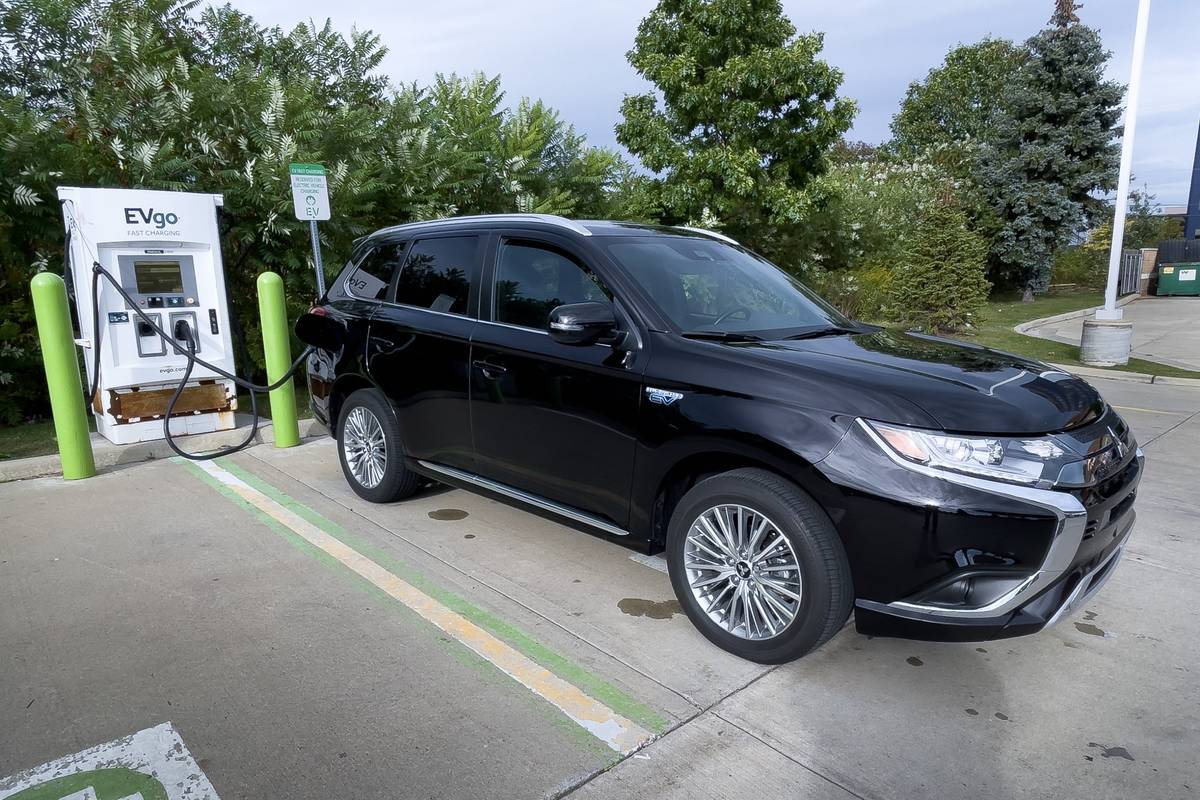
EV charging infrastructure may become a barrier to the outlined plan. A recent J.D. Power EV charging survey showed that even as more public EV chargers are installed, owners are less satisfied with the experience, finding that many stations are out of service. EV owners in the West region are the least satisfied with public charging — likely due to increased competition. Speeding up the rate of EV adoption in California could make the situation worse.
Home charging is a key component of EV ownership. While costly, installing a Level 2 charger at a single-family home is highly recommended for the best experience. Meanwhile, apartment dwellers who don’t have that opportunity may still be confined to public chargers, making widespread EV adoption more difficult in dense urban areas.
Fiorani believes EV charging infrastructure will improve in lockstep with increased adoption, but it will take time — just as it did for gas-powered vehicles.
“While you can’t have EVs without chargers, there’s no point in having chargers without EVs to use them,” wrote Fiorani. “The growth of charging infrastructure will come as the business case makes itself clear. More and more businesses are opening chargers as they see the benefit of luring EV drivers into their stores, and rest stops everywhere are increasing the number of chargers they offer … When the internal-combustion engine started to take root in the early 20th century, it was years before a proper refueling infrastructure started to develop. Around the introduction of the Model T in 1908, gas-powered cars finally outsold electric and steam vehicles, but the first gas station wasn’t opened until 1913.”
Cost Could Be a Roadblock
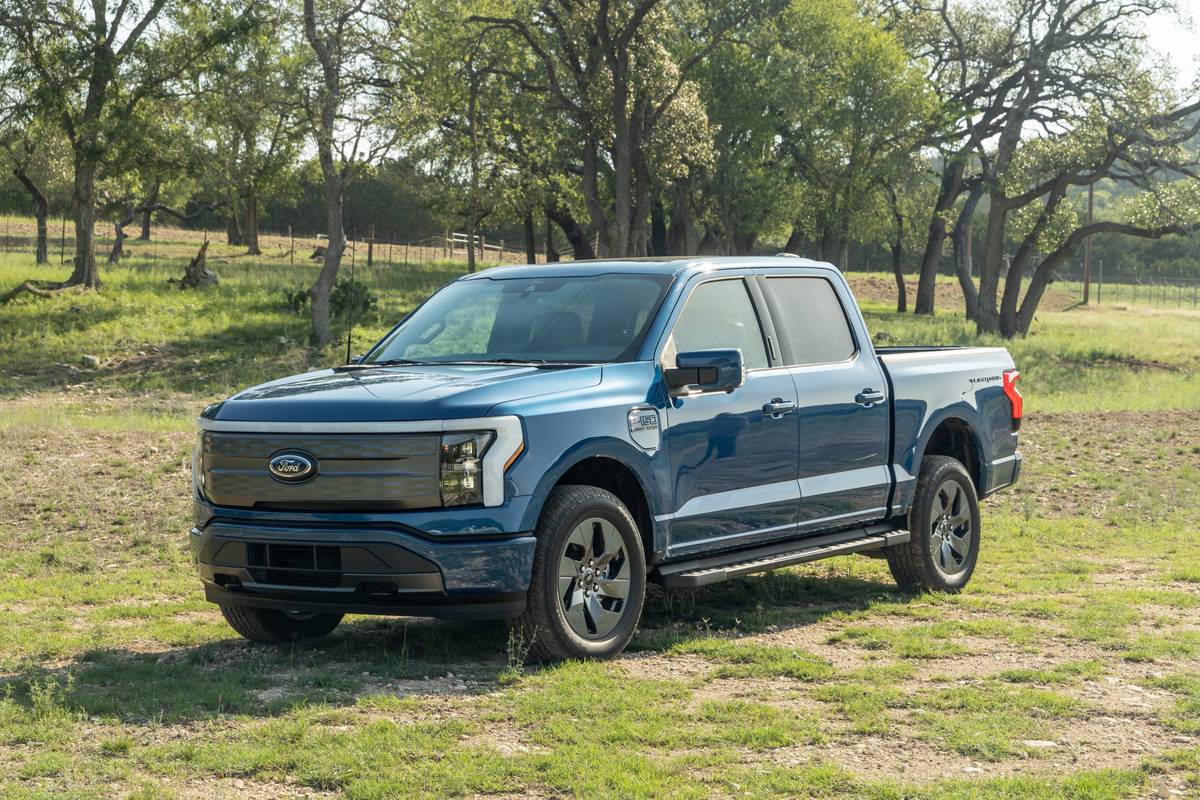
Even as more affordable EVs are introduced, a potential hurdle to mass adoption is the higher average cost of battery-powered cars. For example, a new all-electric Ford F-150 Lightning starts at $48,769, while a gas-powered F-150 starts at $33,315 (prices include destination). Shoppers looking for long-range EVs will find most to be luxury models that carry higher price tags.
Fiorani attributes the higher costs of current EVs to the inventory shortage and believes more affordable options will start to trickle in as the situation improves.
“Chevrolet has already announced plans for a $30,000 EV next year, and Ford has a $40,000 F-150 Lightning coming,” he notes. “The market shift is on its way, but in this time of supply chain issues and a shortage of semiconductors, available parts for all vehicles go into the most profitable first. When there are enough parts to go around, there will be a wider variety of vehicles, EV and otherwise, on dealer lots.”
Lower costs for the EV purchase and home charging can make the transition more realistic for prospective buyers. Currently, installing a Level 2 home charger can cost thousands of dollars, as Cars.com editors can attest.
More From Cars.com:
- Electric Vehicles: Understanding the Terminology
- Best Electric Vehicle of 2022
- Should I Buy an Electric Car or Plug-In Hybrid?
- Which Electric Cars Are Still Eligible for the $7,500 Federal Tax Credit?
- More EV News
What Will It Take to Work?
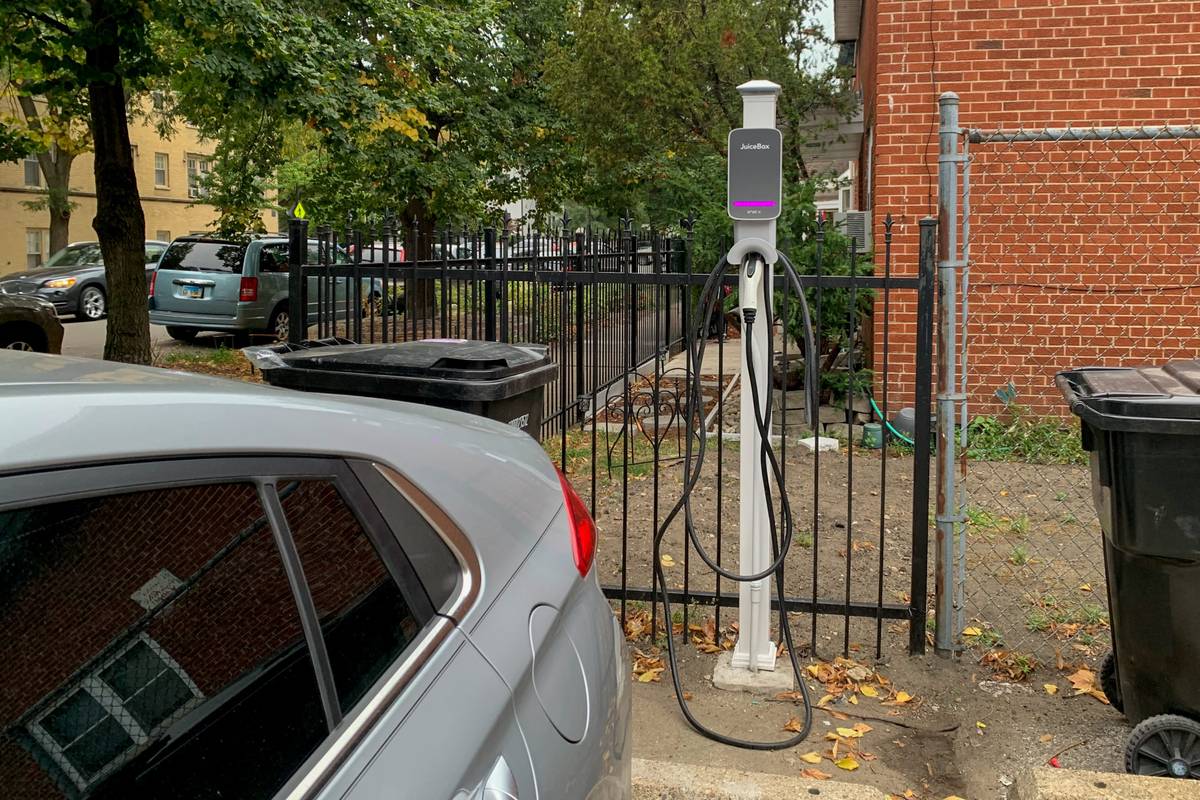
In addition to infrastructure improvements, EV incentives like the updated federal tax credit may motivate some shoppers to purchase a battery-powered car, especially as the credit is reinstated for popular models like the Tesla Model Y and extended to used cars. According to CARB, California’s suite of incentives and rebates on the EV purchase and charging options will support consumers looking to go electric; local EV incentives available to car shoppers vary by state, however.
Another challenge is getting shoppers acquainted with EVs prior to the purchase. In a recent survey, J.D. Power found 30% of respondents attribute a lack of information about EVs to their decision to reject them. Understanding the ins and outs of owning one will be key before making the switch. Shoppers should research how much range they need, operating costs, the difference in charging levels and what to expect from the driving experience.
Related Video:
Cars.com’s Editorial department is your source for automotive news and reviews. In line with Cars.com’s long-standing ethics policy, editors and reviewers don’t accept gifts or free trips from automakers. The Editorial department is independent of Cars.com’s advertising, sales and sponsored content departments.

Former News Editor Jane Ulitskaya joined the Cars.com team in 2021, and her areas of focus included researching and reporting on vehicle pricing, inventory and auto finance trends.
Featured stories
